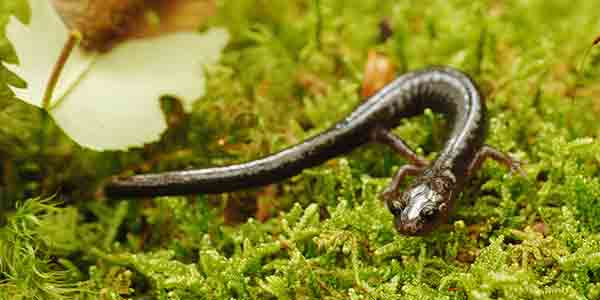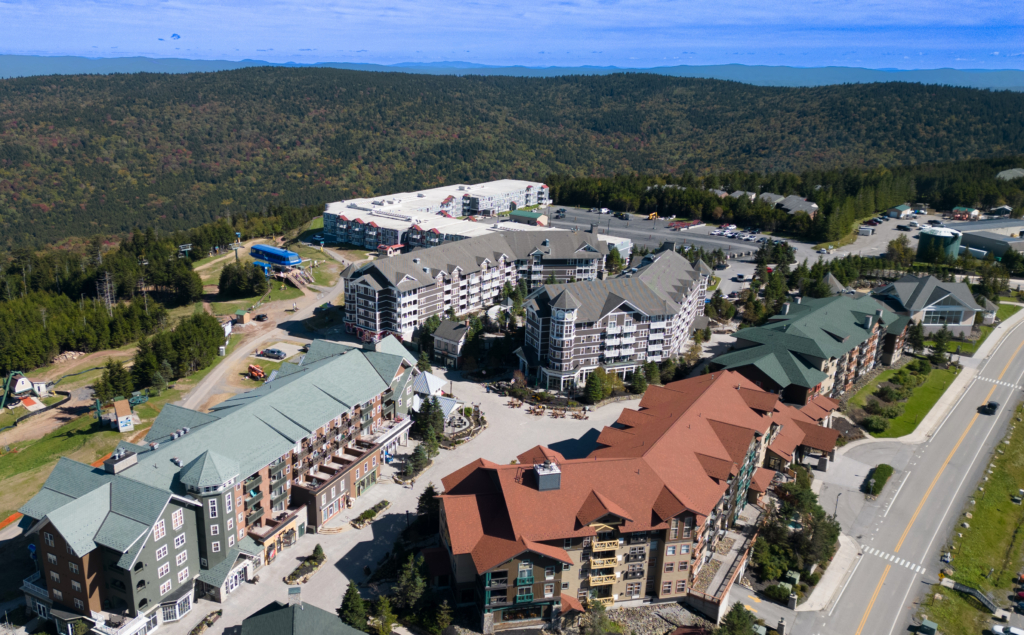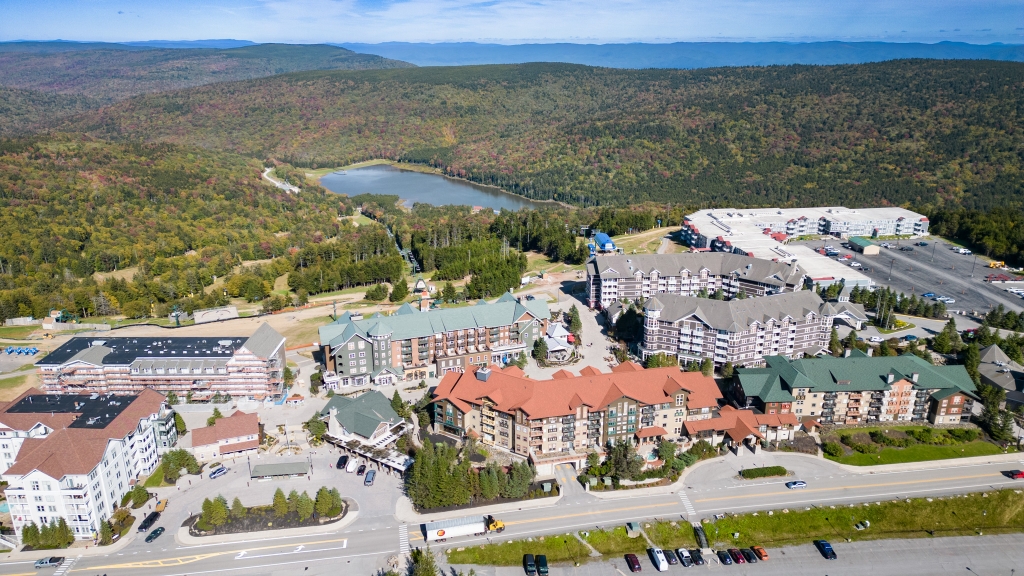SHARE
Understanding Pocahontas County’s Cheat Mountain Salamander Inspection Requirement
In the serene landscapes of Pocahontas County, West Virginia, nature and conservation go hand in hand, especially when it comes to building new homes. One of the unique environmental considerations in this region is the protection of the Cheat Mountain salamander, a species integral to the local ecosystem. This has led to a significant requirement for prospective homeowners: conducting a Cheat Mountain salamander inspection before any new construction can commence.
The Cheat Mountain Salamander: A Local Treasure
The Cheat Mountain salamander (Plethodon nettingi) is a small, elusive amphibian native to the high-altitude spruce forests of West Virginia. It’s identified by its distinctive coloration, typically black with white or red speckles. This salamander plays a crucial role in the local ecosystem, contributing to the delicate balance of the forest floor’s environment. Due to its limited habitat and vulnerability to environmental changes, the Cheat Mountain salamander is listed as a federally protected species.
Why Inspections are Necessary
The primary reason for the inspection requirement is conservation. The Cheat Mountain salamander’s habitat is specific and fragile, mainly consisting of cool, moist, and high-altitude spruce forests. Construction activities can potentially destroy or alter these habitats, posing a significant threat to the species’ survival. By mandating inspections, Pocahontas County aims to mitigate this risk, ensuring that new constructions do not encroach upon critical salamander habitats.
The Inspection Process
The inspection process for the Cheat Mountain salamander is thorough and must be conducted by qualified environmental consultants. These professionals survey the proposed construction site, looking for signs of the salamander or its habitat. The survey involves checking under rocks, fallen logs, and leaf litter, where these amphibians are often found.
If the presence of Cheat Mountain salamanders or their habitat is confirmed, construction permits may be denied, or modifications to the building plans may be required to protect the species. This can include establishing buffer zones or altering construction timelines to avoid sensitive periods in the salamander’s life cycle.
Implications for Home Builders
For those looking to build in Pocahontas County, understanding and complying with this requirement is crucial. It’s advisable to factor in the time and cost for this inspection when planning a construction project. Engaging with experienced local consultants who understand the nuances of the region’s environmental regulations is essential for a smooth process.
Balancing Development and Conservation
This inspection requirement reflects a broader commitment to environmental stewardship in Pocahontas County. By prioritizing the protection of the Cheat Mountain salamander, the county demonstrates a model for balancing development with the preservation of local wildlife and habitats.
Conclusion
Building a new home in Pocahontas County, WV, comes with a unique responsibility to protect the local ecosystem, particularly the Cheat Mountain salamander. While this requirement may add an extra step in the construction process, it underscores the importance of harmonious coexistence with nature. As we continue to develop and expand our living spaces, initiatives like this serve as a reminder of our duty to safeguard the natural world for future generations.














